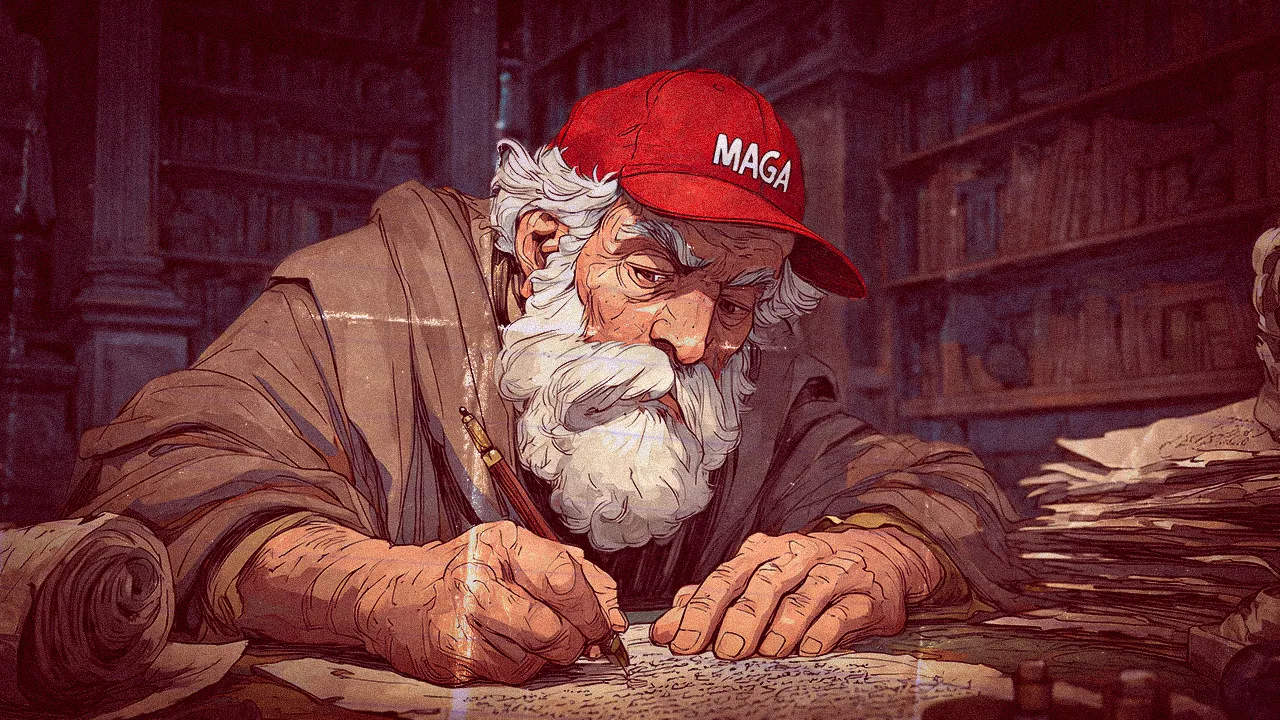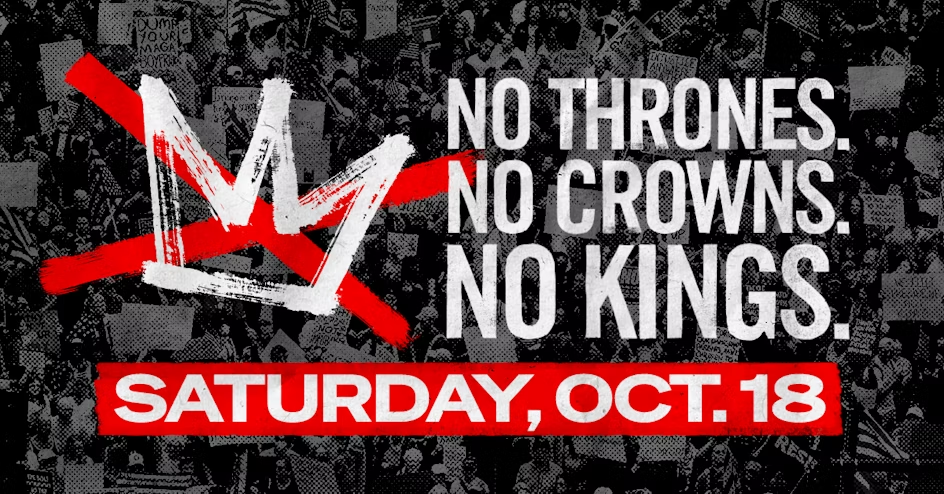Every few weeks, another right-wing influencer decides to test-drive Hitler rehab as a talking point. Tucker Carlson nods along as a guest suggests we “should have sided with Hitler.” Candace Owens minimizes genocide. A rotating cast of podcasters and Twitter clout-chasers recycle century-old antisemitic conspiracies like they’re edgy revelations instead of the same poison in a shinier bottle.
It’s tempting to treat this as shocking, but it isn’t new.
America has always had a streak of people who saw Hitler not as a monster but as a mirror.
America’s Long Antisemitic Mirror
Before WWII, Charles Lindbergh and Father Coughlin drew millions with speeches blaming Jews for everything from wars to Wall Street. Polls in 1938 showed most Americans thought Jews were partly to blame for their own persecution. When Jewish refugees begged for sanctuary, we turned them away. Even Roosevelt, who would become the face of Allied resolve, worried Jewish refugees might be spies.
What changed wasn’t the sudden moral awakening of the American public—it was the photographs.
When the Photographs Spoke Louder Than Words
The liberated camps. The soldiers who came home saying, no, it wasn’t propaganda—it was worse than that. That visceral evidence forced Americans to confront where antisemitic paranoia leads: mountains of corpses, starving survivors, the industrial machinery of genocide.
For a time, that memory hardened into a cultural guardrail. Antisemitism was no longer just a nasty prejudice—it was un-American.
Guardrails Rot
Guardrails rot when no one remembers why they were built. The veterans, survivors, and witnesses are dying. In their absence, influencers and opportunists are filling the void, smuggling old hatreds back into the mainstream under the guise of “questioning history.”
And here’s the thing: antisemitism doesn’t exist in isolation. It has always been braided together with racism, xenophobia, and the policing of “foreignness.” Lindbergh didn’t just blame Jews—he warned that immigration would corrupt America’s bloodlines. The Nazi regime itself paired its “Jewish problem” with racial hierarchies that ranked entire peoples as fit only for exploitation or extermination.
The same pattern echoes now. The people eager to rehabilitate Hitler are also the ones cheering on ICE raids, mass deportations, and the criminalization of immigrants whose only crime is being “the wrong kind” of American.
Contradictions That Aren’t Contradictions
This makes the contemporary contradictions all the more revealing: How can the same political voices peddle antisemitic tropes at home while insisting they “stand with Israel”? Because “support for Israel” isn’t the same as solidarity with Jewish people. For some, it’s a strategic partnership: Israel as a militarized outpost of Western power. For others, it’s theological—Christian Zionism’s prophecies about end times. Either way, it’s instrumental. Jews as neighbors are still available scapegoats; Israel as a symbol is a useful shield.
The embrace of Russia slots into the same pattern. The Kremlin markets itself as a defender of “traditional values,” cracking down on LGBTQ rights and presenting itself as a bulwark against multicultural “decadence.” That branding resonates with those who see liberal democracy as weakness. Suddenly, Russia—the same regime that once stood as America’s Cold War adversary—is reframed as a civilizational ally, while Ukraine becomes a proxy for the very globalist institutions the far right despises.
Seen this way, the contradictions aren’t contradictions at all. They’re a blueprint.
Rehearsing History
So no, the current rise of Hitler apologists isn’t surprising. It’s the same disease resurfacing as the last generation of immune systems fades away. The antisemitism, the racism, the immigrant-baiting, the foreign strongman worship—they’ve always been part of the same operating system.
The real danger isn’t that these hatreds contradict each other. It’s that they don’t. They reinforce one another, weaving into a story where cruelty looks like order and exclusion looks like patriotism.
And if we let that story harden into “common sense,” then we’re not debating history anymore—we’re rehearsing it.




